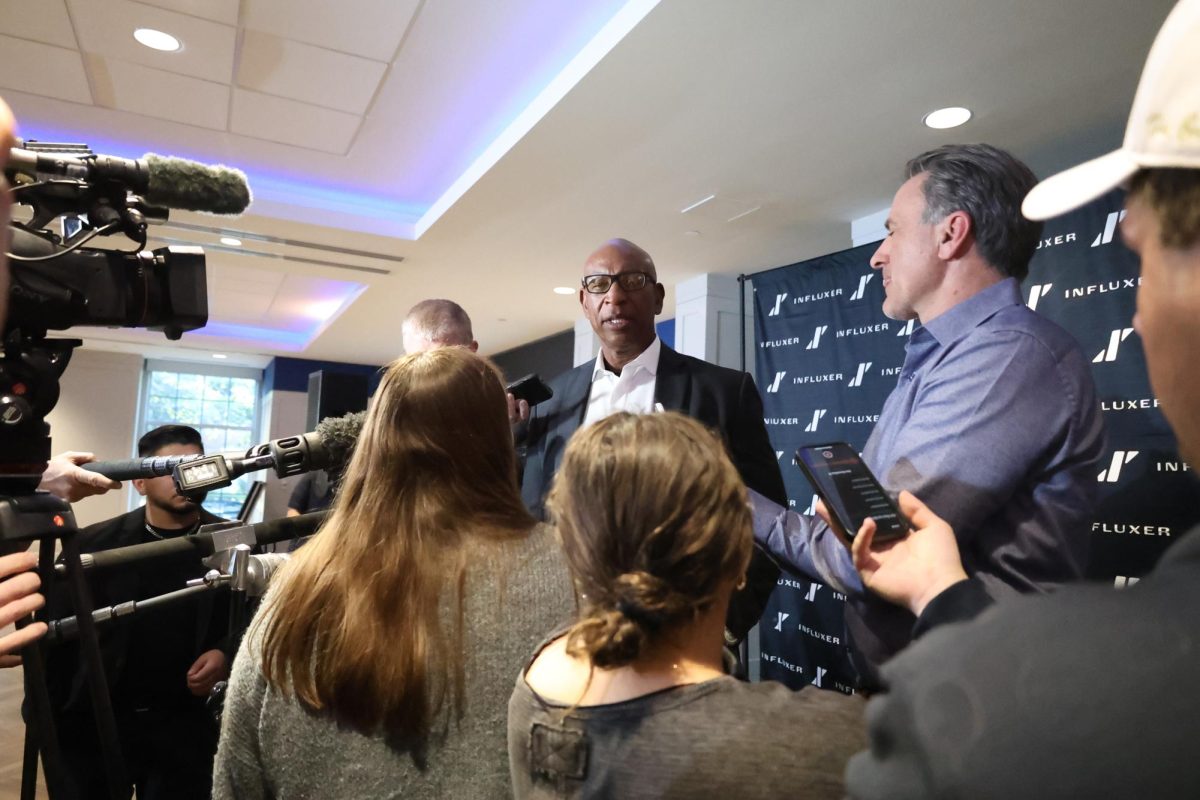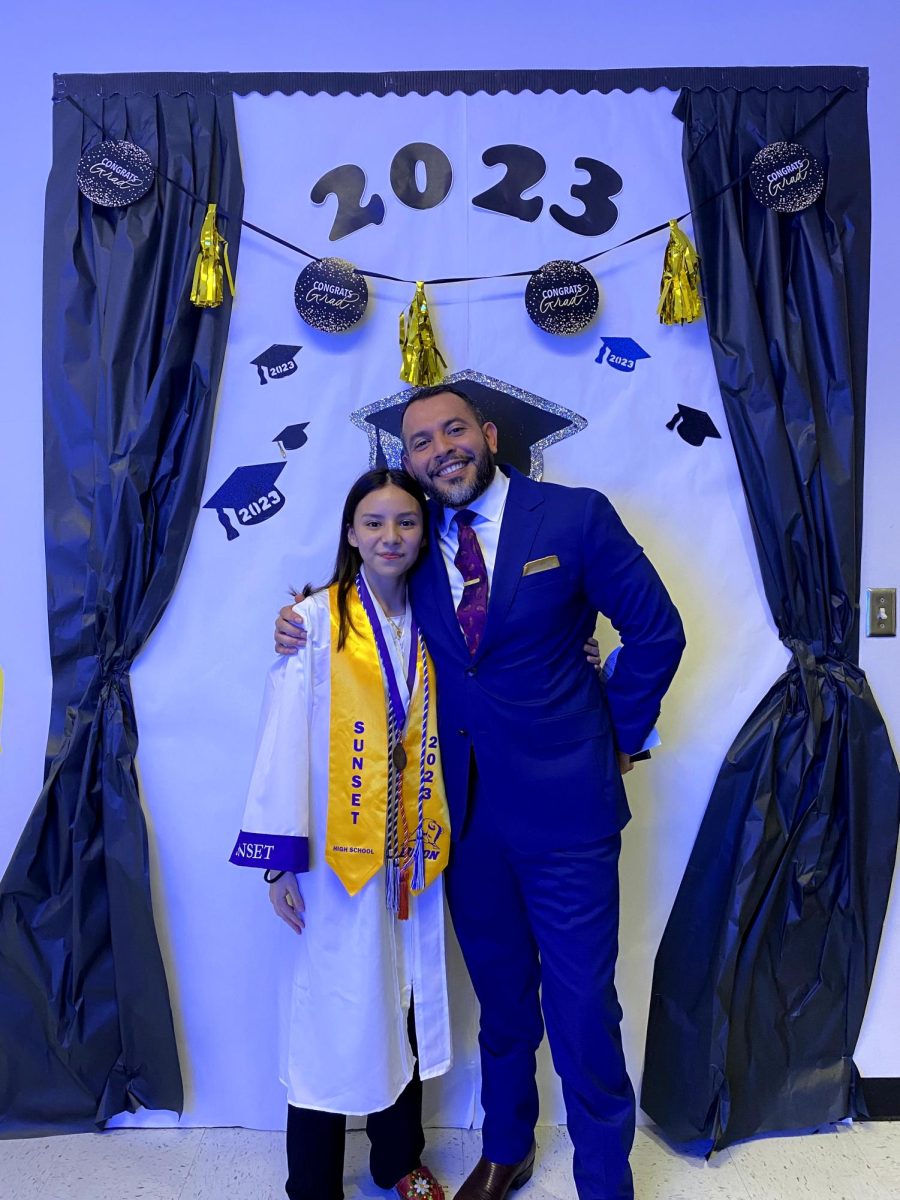The U.S. Supreme Court handed down two landmark rulingsinvolving race-conscious admissions at the University of Michiganat Ann Arbor last week, but their rulings hardly ended thecontroversial debate over affirmative action.
The two cases before the court were Grutter v. Bollinger,involving the admissions policy at Michigan’s law school, andGratz v. Bollinger, involving the admissions process at theuniversity’s undergraduate school.
The court OKed the law school’s affirmative action policy,which involved faculty members evaluating a candidate’sentire application including race as a factor in their decisions,but struck down the undergraduate college’s, policy ofawarding points to applicants of minority races.
The rulings seem clear in suggesting that race, along with anysingle factor, should not be ruled out as a criteria in decidingwho gets into an entering class of students, but as for how raceshould be used in judging potential students, the court’smessage is vague.
Justice Clarence Thomas took issue with the ruling in hisdissent by arguing that affirmative action does little aside fromimproving a university’s “racial aesthetics.” Hemay have a point.
Imagine walking down the hallway lined with composite photos ofeach entering class in the administration building of a largeuniversity. From those from the 50s, you would see a lot of similarfaces — tall white men with crew cuts and blue suits. Around1960, you might start to see a few unfamiliar ones — a fewminorities or some women with long hair. But reach the 90s and mostschools would have a Technicolor kaleidoscope of faces filling uptheir ranks.
Thomas seems leery that this melting pot approach actuallybrings diversity to a school. Race alone, he argues, does notensure a good mix of backgrounds, histories or personalexperiences. Therefore, he says, it is an unfair criterion inadmissions decisions.
But one only need sit in a modern college classroom t see thatdiversity-aimed admissions policies do affect the classroom dynamicin a positive manner.
While Thomas is wrong in theory, his argument strikes at theheart of what’s wrong with these rulings.
The decisions in the Grutter and Gratz cases take anends-justify-the-means approach. Affirmative action is acceptable,the court says, even if the policies under which admissionsdecisions are made are not entirely effective in judgingprospective students as an entire person.
The role of the court in this country should be to justify themeans even if the ends are ideal. Affirmative action has donewonders for increasing opportunities for minorities in highereducation, but that doesn’t mean that it’s entirelylegal or morally just.
Just like the admission’s clerks at Michigan’sundergraduate college, the Court has taken the easy way out —granting the policy acceptance without making a strong decision onits nuances.








